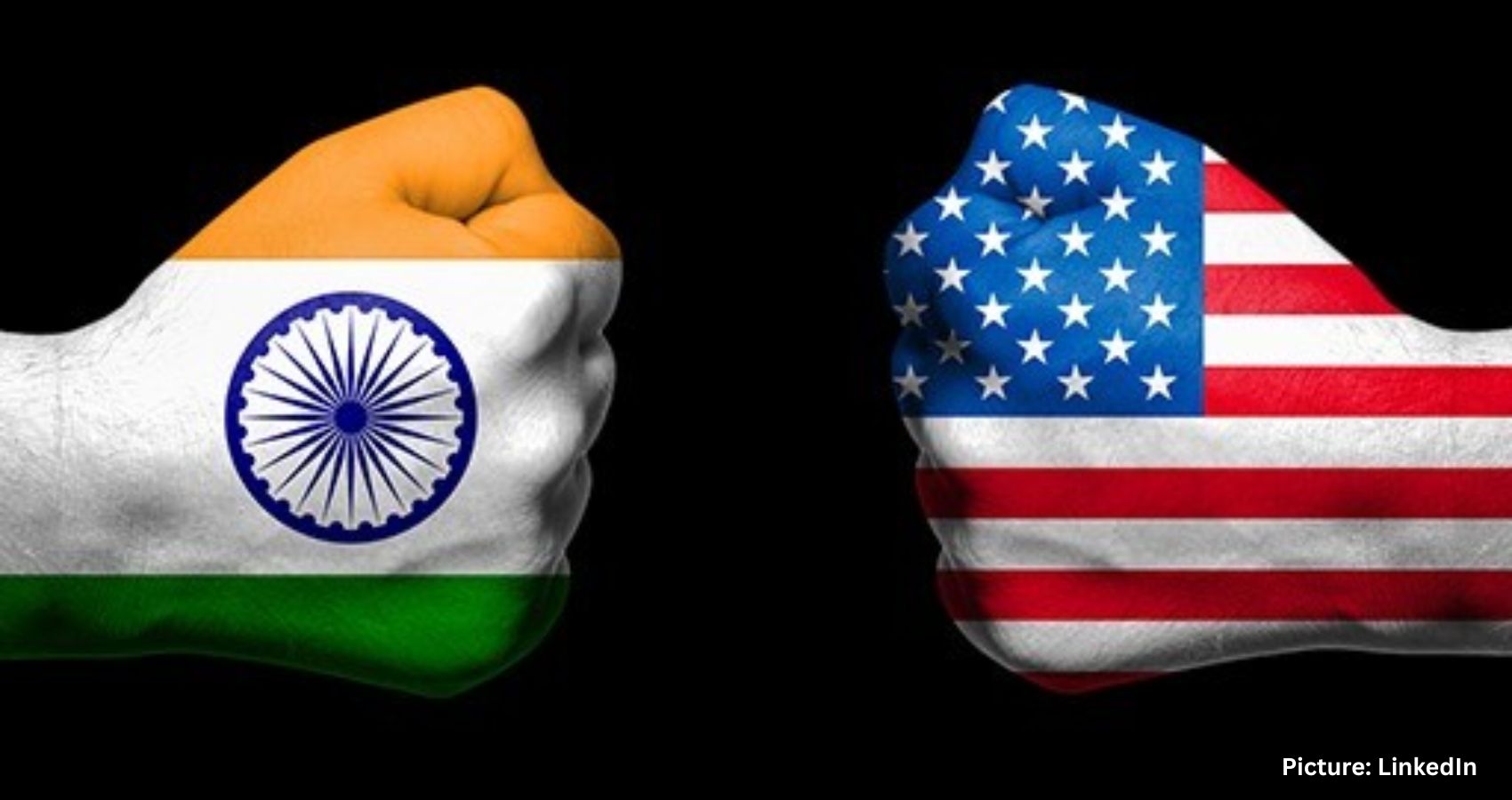The Indian diaspora faces significant challenges due to U.S. tariffs and visa policies, impacting trade and employment opportunities for businesses and professionals.
The Indian diaspora in the United States is grappling with a range of challenges stemming from recent U.S. tariffs and visa policies that have significant implications for trade and employment. The Trump administration’s imposition of nearly 50% tariffs on a variety of Indian goods—including textiles, shrimp, and diamonds—coupled with a newly introduced $100,000 fee for H-1B visas, has raised alarm among Indian businesses and professionals operating in the U.S.
These policy changes have not only affected trade but have also created an atmosphere of uncertainty for many within the Indian community. While domestic political considerations may have played a role in shaping these policies, their global execution has often been perceived as inconsistent and abrupt. Economists, including Jeffrey Sachs, have criticized some of these tariffs as exceeding the presidential authority, questioning their effectiveness in addressing trade deficits or the national budget.
On a global scale, export-driven economies such as the European Union, Japan, and South Korea have engaged in trade negotiations under pressure from the U.S., underscoring Washington’s ongoing influence in international trade. In contrast, India has been more cautious, particularly in protecting its agricultural sector and farmers, which has led to hesitance in pursuing similar trade negotiations. This reluctance has left India vulnerable to economic disruptions in an increasingly interconnected global economy.
India’s foreign policy has also come under scrutiny, particularly regarding its position within BRICS. The country is attempting to balance its relationships with the U.S. while also participating in initiatives led by China and Russia, creating a sense of strategic ambiguity. Although India advocates for gradual reforms, such as local currency settlements, uncertainty persists in global financial circles about its alignment with U.S. interests.
From an economic perspective, the U.S. is facing its own set of challenges, including rising national debt, trade deficits, and inflation, all of which threaten the stability of the middle class. The decline of industrial hubs in the Midwest highlights growing wealth disparities, which in turn fuel social and political divisions. Despite these issues, the Indian diaspora in the U.S. continues to thrive, although frustrations are mounting as multinational corporations exploit visa systems, often at the expense of local talent.
As India navigates these complex global trade realities, it must adapt its strategies. Historically, protectionist policies have allowed the country to build domestic industries and achieve a degree of self-reliance. However, in today’s globalized economy, finding a balance between protecting domestic interests and engaging in international trade is crucial.
Despite the myriad challenges, India and the U.S. share foundational democratic principles, a spirit of entrepreneurship, and a commitment to innovation. By leveraging these commonalities, both nations have the potential to strengthen their strategic partnerships and work towards fair, sustainable trade agreements that benefit their economies and contribute to global stability.
Source: Original article

